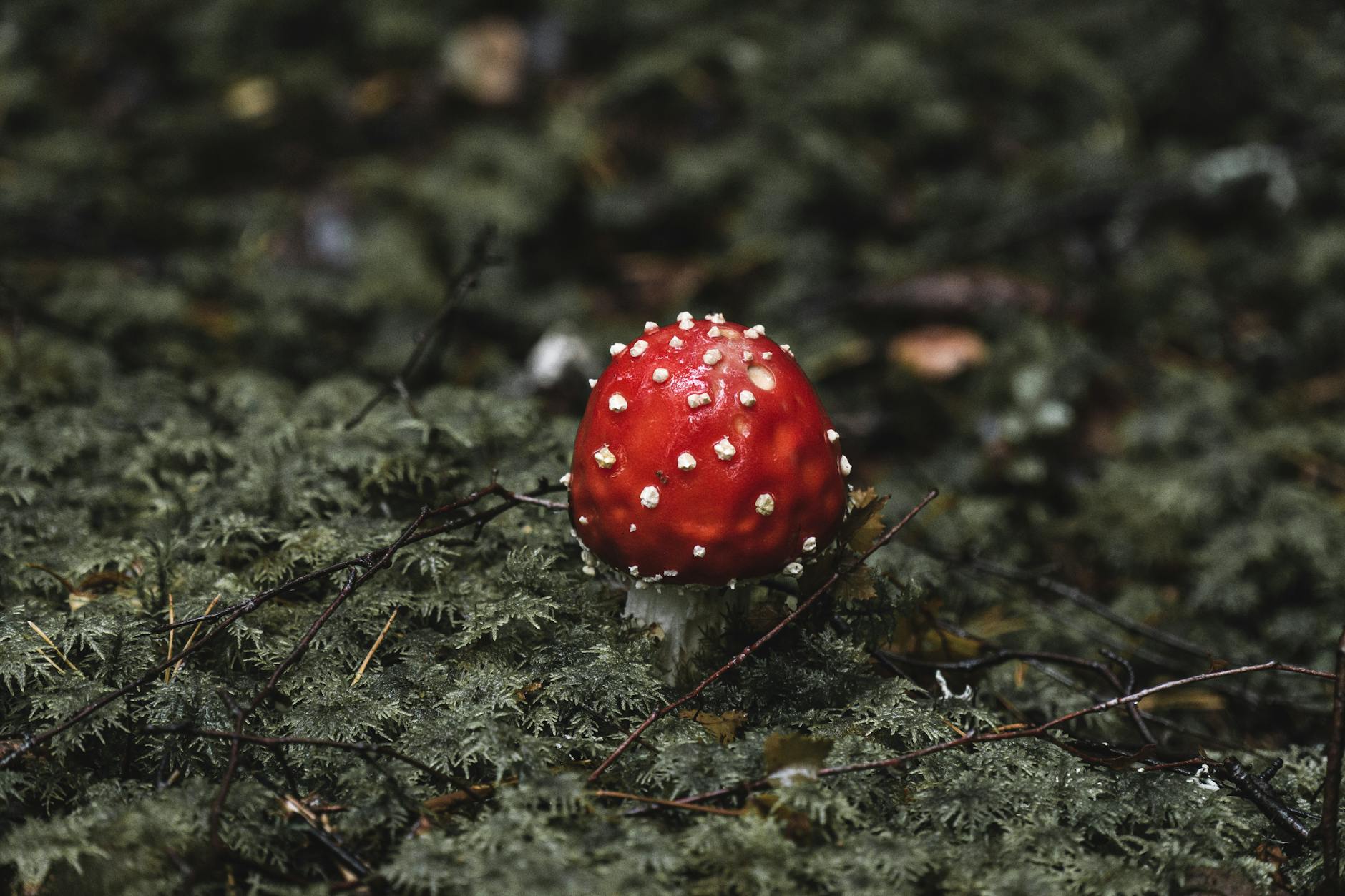Mushroom Poisoning Survival: Essential Lessons from 294 Cases
Mushroom poisoning is a serious health risk that can have life-threatening consequences if not recognized and treated promptly. Every year, numerous cases of mushroom poisoning are reported worldwide, with varying degrees of severity. By analyzing 294 cases of mushroom poisoning, valuable lessons have been learned that can help individuals identify and respond to mushroom poisoning incidents effectively.
Identifying Toxic Mushrooms: The First Step to Survival
The key to surviving mushroom poisoning lies in the ability to accurately identify which mushrooms are safe for consumption and which are toxic. In the study of 294 mushroom poisoning cases, it was found that a significant number of cases were due to misidentification of toxic mushrooms as edible ones. To avoid this fatal mistake, individuals should always exercise caution when foraging for wild mushrooms and seek guidance from experienced mycologists or mushroom experts.
Understanding the Symptoms of Mushroom Poisoning
Recognizing the symptoms of mushroom poisoning is crucial for seeking timely medical help. The study revealed that common symptoms of mushroom poisoning include nausea, vomiting, diarrhea, abdominal pain, and hallucinations. In severe cases, mushroom poisoning can lead to liver failure, kidney damage, and even death. It is essential for individuals who suspect mushroom poisoning to seek medical attention immediately and provide as much information as possible about the ingested mushrooms.
Treatment and Management of Mushroom Poisoning
In cases of mushroom poisoning, prompt and appropriate medical treatment is essential for a successful recovery. The study highlighted the importance of supportive care, such as intravenous fluids and medications to alleviate symptoms. In severe cases, patients may require liver transplantation or other advanced interventions to prevent organ damage. It is crucial for healthcare providers to have a high index of suspicion for mushroom poisoning, especially in regions where toxic mushrooms are prevalent.
Preventive Measures to Avoid Mushroom Poisoning
Prevention is always better than cure when it comes to mushroom poisoning. To minimize the risk of accidental ingestion of toxic mushrooms, individuals should follow these essential preventive measures:
1. Never consume wild mushrooms unless you are absolutely certain of their safety.
2. Purchase mushrooms from reputable sources or cultivate them in controlled environments.
3. Educate yourself about the types of toxic mushrooms that grow in your area and avoid picking them.
4. Teach children and other family members about the dangers of eating wild mushrooms.
5. If you suspect mushroom poisoning, save a sample of the mushroom for identification by healthcare professionals.
Conclusion
The study of 294 mushroom poisoning cases provides valuable insights into the prevention, identification, and management of this potentially life-threatening condition. By staying informed about the risks associated with wild mushrooms and taking appropriate precautions, individuals can protect themselves and their loved ones from the dangers of mushroom poisoning. Remember, when in doubt, it’s always best to err on the side of caution and refrain from consuming wild mushrooms. Your health and well-being are worth the extra vigilance.


